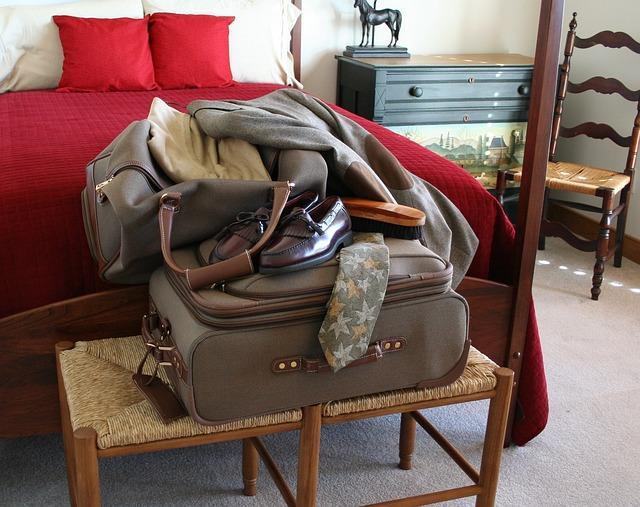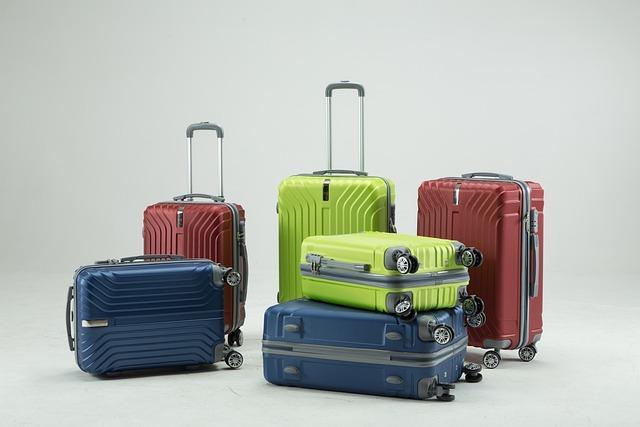Packing for a cross-country move can be an overwhelming experience. For starters, there’s the daunting thought of boxing up your entire life and shipping it hundreds or thousands of miles away.
To make things worse, you don’t know how to go about it while ensuring that your belongings are safe and sound for the big journey. The good news is this: packing for your cross-country move does not have to be chaotic, nor should it be anxiety-laden.
Planning and mastering a few smart strategies could go a long way toward changing that overwhelming experience into a manageable process. This article shares practical packing tips that help you organize and make the transition as smooth as possible when making a cross-country move.
1. Start Early and Create a Game Plan

First things first: don’t leave packing to the last minute! One of the most important packing tips for your cross-country move involves getting the ball rolling as early as possible.
The earlier you start, the more control you’ll have over the process. Starting your preparations early enough gives you ample time to sort through your belongings, declutter, and gather the right supplies for the move.
It gets even easier if you take this time to make a plan that works for you throughout the entire period as you prepare to move. A good hack is to break down the packing process into smaller, more workable tasks.
Devote a weekend to a particular task, like taking care of closets or an evening for boxing up books and decor. Creating a schedule that fits your timeline to keep you on track prevents you from the usual last-minute rush that often messes everything up.
2. Declutter Before You Pack
One of the golden rules in making a cross-country move is that you should only bring what you need. There’s no need to carry stuff you haven’t used for years or don’t plan on using during your stay away from home.
So, consider this an opportunity to clean your home from items that take up space. The easiest and fastest way to approach the decluttering exercise is to create a plan and make a categorized list of items to give away to charity, sell, or discard.
Remember, those things you don’t find useful at home won’t be useful to you while on your cross-country move. So, decluttering them will save you a lot of time and money on the cost of relocation since there is less to pack and transport.
3. Gather High-quality Packing Supplies

Invest in high-quality packing supplies, and you will find it easier to pack your belongings. For a start, your moving toolkit should at least consist of sturdy boxes, quality tape, bubble wrap, packing paper, and a few furniture pads. Additionally, consider using Nobl Travel compressible packing cubes to maximize space and keep your items organized during the move.
Moreover, prepare a labeling system beforehand. Using different color markers or sticky labels, you can distinguish between boxes related to different rooms or types of content. This way, you can easily point out what needs to be unloaded when you get to your new place.
Tip: Don’t Overpack Bags/Boxes
It’s tempting to try filling each box to the brim, but resist the urge! Other bags take up too little space or make items impossible to carry.
The fact is, no matter how light we strive to travel, the reality is that the boxes will be overloaded. Overpacking can make boxes too heavy to lift and increases the risk of damage to fragile items. Maintain the bags/boxes within a specific weight limit so they can be handled easily, and use cushioning for the breakables.
4. Pack Room by Room-Don’t Mix It Up

Pack one room at a time to stay on the path. It helps you keep things in place and ensures that when you pull out the packed items one by one, they all will be together and in consistency. Now, start with the rooms you don’t usually use, such as guest rooms, basements, or seasonal storage areas.
Put down what you think is inside each box and which room it belongs to. Remember to make the labels on the boxes clearer and more specific for easy identification.
Want to get even more organized?
Well, why not add an essentials box to the mix—just for what you’ll need during the first few days in your new home, like toiletries, medications, chargers, and basic kitchen supplies? Keep this box within arm’s reach as you move so you don’t have to go through too many boxes before getting what you need.
5. Secure Fragile Items/Valuables
Some extra care is required during cross-country shifting for fragile items and valuables. Wrap breakables using bubble wrap or even old towels.
Similarly, individually wrap the dishes before placing them inside the box rather than being stacked to reduce breakage during the journey. For packing electronics, use the original boxes if you still have them.
Otherwise, choose heavily powerful, well-padded boxes that will sustain the bumps and jolts of a long-distance move. Don’t forget to back up important files and documents in case something is lost or damaged.

Final Thoughts
A cross-country move presents a significant shift, and move away from your comfort zone to try new experiences and adventures elsewhere. For that reason, it doesn’t necessarily have to be a stressful experience, especially when preparing for the big move.
A good plan, smart packing strategies, and a little patience will help you proactively take care of everything. Take it one step at a time, keep yourself organized, and don’t hesitate to ask for help.
Happy packing, and good luck with the new adventure!
- 0shares
- Facebook0
- Pinterest0
- Twitter0



